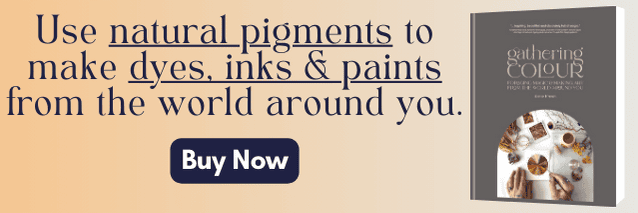To complement her article on how we can work to achieve truly inclusive sizing for hand-making clothes, with yarn or fabric, Kim McBrien Evans compiled the following list of resources that she has found helpful or uses herself in her design work and making.
Sizing and Fit Resources
ASTM International
ASTM International is the standard for sizing tables for men, women and children’s apparel. Sizing tables can be purchased from them to be used as a baseline for sizing clothing.
Sewing Size Charts and Tutorials
Sewing pattern designers such as Muna and Broad, Closet Core, Helen’s Closet, and Cashmerette have excellent size charts and fit/modification tutorials that can help you learn how to fit your sewn garments well.
Curvy Sewing Collective
An excellent resource for curvy makers and the designers who wish to expand their size range, the Curvy Sewing Collective provides pattern reviews, fit tutorials and resources, as well as a ton of inclusive-size sewing content. One of my favourite columns is “Same Pattern, Different Bodies” where two to four people sew the same pattern and give their fit feedback and advice.
Books for Knitters
MyBodyModel
MyBodyModel: Create croquis (fashion illustration models) with your measurements, or measurements of your choice. See video below for a demonstration from Kim of how she uses this tool.
Designers: Being able to sketch new designs on body models that represent a range of body types is instrumental to designing garment shapes that work well with a wide range of body sizes.
Makers: Audition garments and garment details by importing or creating a line drawing and laying it over your croquis. You can also play “paper dolls” with schematics over your croquis.
In this video, right, Kim sketches how she “fits” a new garment idea to different bodies. This helps her envision how she will grade the garment and how she will provide fitting notes for makers. Pattern: Antiope
CustomFit Knits
Canadian Meg Anderson Kilfoil is the new owner of Amy Herzog’s iconic CustomFit software. For makers, CustomFit is magic! It renders basic sweater patterns using measurements and gauge information that you input into the programme. The resulting patterns are the best fitting sweater patterns I’ve ever knit. As a designer, CustomFit has helped me understand how to fit my own body better, which in turn helps me create patterns that fit others’ bodies better. (Full disclosure: D&T co-founder and editorial director Kate Atherley does some work for CustomFit.)
Dress Forms
Dress forms have been essential to my learning as both as a maker and a designer. Being able to “try on” clothing in progress has been so helpful to my understanding of how fabric of any kind fits a body.
My first dress form was a commercially made, adjustable form from a local sewing supply shop. Since then, I’ve made and worked with customized dress forms and this has helped me visualize clothing on larger bodies, making it easier for me to make clothing for myself and to design things for other bodies.
Beatrice Forms
I have had a Beatrice Form for just under a year, and I use it every day in my making and design work. Purchasing one was an investment and a commitment to show different bodies wearing my designs in my studio, my classes and at shows. It has been well worth it! Alison and Nathan build custom dress forms using a smart phone scan of your body. This tool has helped me try ideas in human scale, helping me further understand things like shaping darts and how different fabrics behave on the body.
Beatrice Form tour.
Sew Your Own!
Bootstrap Fashion offers a range of sew-your-own dress form patterns with standard sizing and custom sizing options.
Tape Dress Form
This is the least expensive dress form you’ll ever find, and it will look just like you! I’ve made several in duct tape, and have even taught classes showing how to do it. There are many online tutorials for making a paper tape or duct tape dress form. Paper tape is preferred because duct tape can leave a residue on your pins and your fabric. This two-part tutorial has great tips for making one: DIY Dress Form Tutorial Part 1 and DIY Dress Form Tutorial Part 2
Pad a Commercial Dress Form to Your Shape
I still have my commercial dress form, and one thing I have done to make it more useful to me is to change its shape by padding it. There are also many online tutorials for padding a commercial dress form to match your body. This article in Threads Magazine is a great place to start.
Digits & Threads Is a Member-Supported Independent Online Magazine
The articles, tutorials and patterns we publish about Canadian fibre and textile arts, crafts and industry are made possible by our members.





